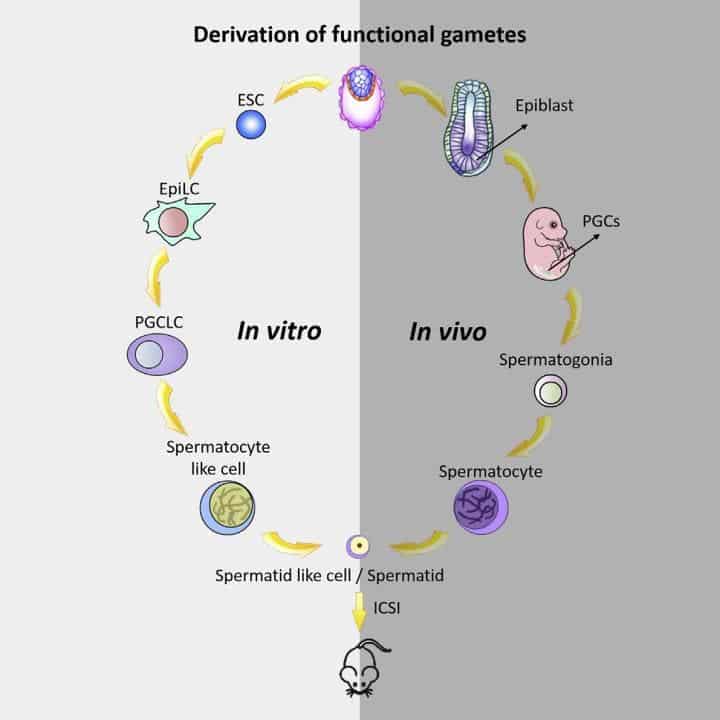Scientists in China have created a platform for generating sperm cells that could one day treat male infertility – in other words, they’ve created sperm in a dish.
Infertility affects a whopping 15% of all couples, and about a third of them can be traced to men. Male infertility is a delicate issue, and one that’s very difficult to treat. Several studies have reported the successful generation of germ cells from stem cells, but none of them fully evaluated the functionality of germ cells.
“Reproducing germ cell development in vitro has remained a central goal in both reproductive biology and reproductive medicine,” says co-senior study author Jiahao Sha of Nanjing Medical University. “We established a robust, stepwise approach that recapitulates the formation of functional sperm-like cells in a dish. Our method fully complies with the gold standards recently proposed by a consensus panel of reproductive biologists, so we think that it holds tremendous promise for treating male infertility.”
Sha teamed up with Qi Zhou and Xiao-Yang Zhao of the Institute of Zoology at the Chinese Academy of Sciences to develop a stem cell-based method that fully recapitulates meiosis and produces functional sperm-like cells. For starters, they exposed mouse embryonic stem cells (ESCs) to a chemical cocktail, “persuading” them to turn into primordial germ cells. Next, the researchers mimicked the natural tissue environment of these precursor germ cells by exposing them to testicular cells as well as sex hormones such as testosterone.
After this treatment, the cells underwent complete meiosis, resulting in sperm-like cells with correct nuclear DNA and chromosomal content. They even tested these cells, injecting them into mouse egg cells and then transferring them to female mice. The embryos went on to develop into healthy, fertile offspring.
Sha hopes they can implement the technique for other animals as well, and ultimately develop it on humans.
“If proven to be safe and effective in humans, our platform could potentially generate fully functional sperm for artificial insemination or in vitro fertilization techniques,” Sha says. “Because currently available treatments do not work for many couples, we hope that our approach could substantially improve success rates for male infertility.”










